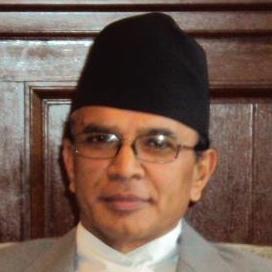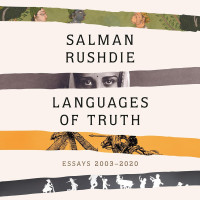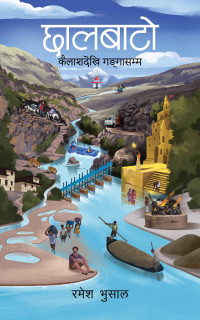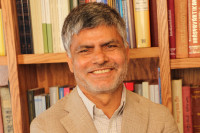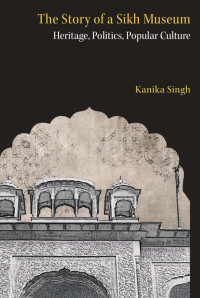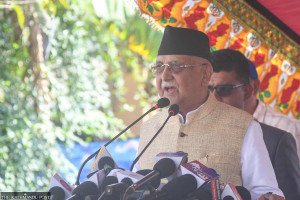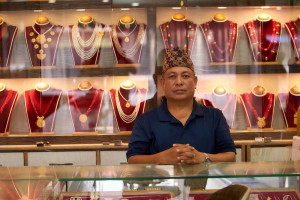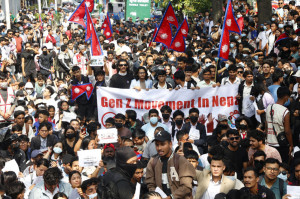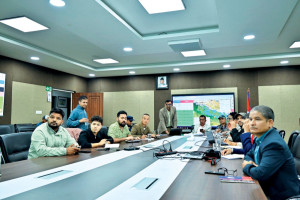Books
Diverse musings of a medical intellectual
The book succinctly paints a thought-provoking and highly readable picture of various aspects of the country with a lucid and comprehensive approach..jpg&w=900&height=601)
Madan Kumar Bhattarai
Hemang Mani Dixit who also writes under other names, Mani Acharya and Mani Dixit, is a prolific author and frequent contributor to newspapers and journals. His latest work, Reflections Down the Ages, that came out last August, is dedicated to his best half, Asha, who died on October 7, 2019, and represents a tell-tale story of the country in various perspectives. He has already penned about one and a half dozen books that encompass a wider range of fiction, non-fiction, and poetry. Besides that, he wears two hats for children, both as a stellar paediatrician and an established author of books for children.
Dixit is a chronicler of people, events and ideas and is also known as a medical historian. A gentleman par excellence, I have known him at least for the last forty-five years since my association with the only English broadsheet of the time, The Rising Nepal, as he used to regularly contribute his views under the Baidyaraj Column.
The book starts with a preface that not only reflects his education in some of the best institutions like Sherwood College, Nainital, Bishop Cotton School, Shimla, and Charing Cross Hospital Medical School, London, but also represents a review of some of the best writings in English. The author speaks of his own experience of being nearly assassinated: when he was shot at point-blank range on May 4, 2006.
The work is neatly divided into four parts with seventeen chapters each under titles, Nepali Pan (Nepali way), Old Time, Present Time and Future Time. The book ends with a concluding chapter, Afterword, depicting Nepali scenario and world situation in the wake of Covid-19 from the eyes of a medical practitioner and administrator whose father Dr Siddhi Mani Acharya Dixit was a pioneering medical practitioner and President of Nepal Medical Association and Nepal Council of World Affairs. An optimist to the core, he foresees a post-Covid era despite the uncertainty besetting the world.
The author deals with his odyssey in both Nepal and outside during his active life spanning 83 years as a top paediatrician, and to quote a fellow medical expert, nurturer of the Institute of Medicine and Kathmandu Medical College. A ready recipe for people of different walks of life, the book is a compact and succinct exercise portraying social, religious, economic, educational, developmental, and even political history of Nepal; a tourist guide for foreigners to grasp Nepal’s ecology, sociology, and bountiful natural paradise, and a review of books and articles on Nepal. For a person who spent four decades in diplomatic practice, Dixit’s book is a readymade guide on some important aspects of Nepal’s treaty relations, resume of diplomatic positions, participation in World Wars, status of foreign assistance, and even migration of people for employment abroad.
Drawing a dark picture of the country despite his quote of former President Dr Ram Baran Yadav that the country passed from the bullock stage to jet age, the writer indirectly laments plethora of holidays, new years, and non-government organisations representing parties of different hues fed by largely unaccounted funds from Western countries. Besides talking about a variety of issues like medals and decorations, heritages, and abuse of pesticides and plastics, it also depicts a brief assessment of some world leaders. One important aspect of the book is strong advocacy for inclusion of Prime Minister Jang Bahadur and King Mahendra in the list of Rastriya Bibhutis (national icons).
On some downsides of an otherwise most admirable book, I can note at least three points. Nepal sent 18 quinquennial missions to Chinese Emperor from 1792 to 1906 and not until 1946 as mentioned in the book (p.53). Le Duan, Secretary of the Communist Party of Vietnam, did not get the Nobel Peace Prize (p.68). The recipient was Le Duc Tho who shared the 1973 Nobel Peace award with Henry Kissinger. The author has named three ladies as deputy prime ministers of Nepal (p.161). While Shailaja Acharya and her niece Sujata Koirala became deputy prime ministers, Sahana Pradhan was simply number two in Krishna Prasad Bhattarai's cabinet, besides assuming ministership later, including a stint as first lady foreign minister, and never became deputy prime minister.
Despite these minor lacunas, there is absolutely no doubt that Dixit has rendered a yeoman’s service in the form of the new book.
REFLECTIONS DOWN THE AGES
Hemang Mani Dixit
Publishers: Makalu Publication House, Kathmandu, 2020
Pages 268
Price: Rs 550




 19.12°C Kathmandu
19.12°C Kathmandu